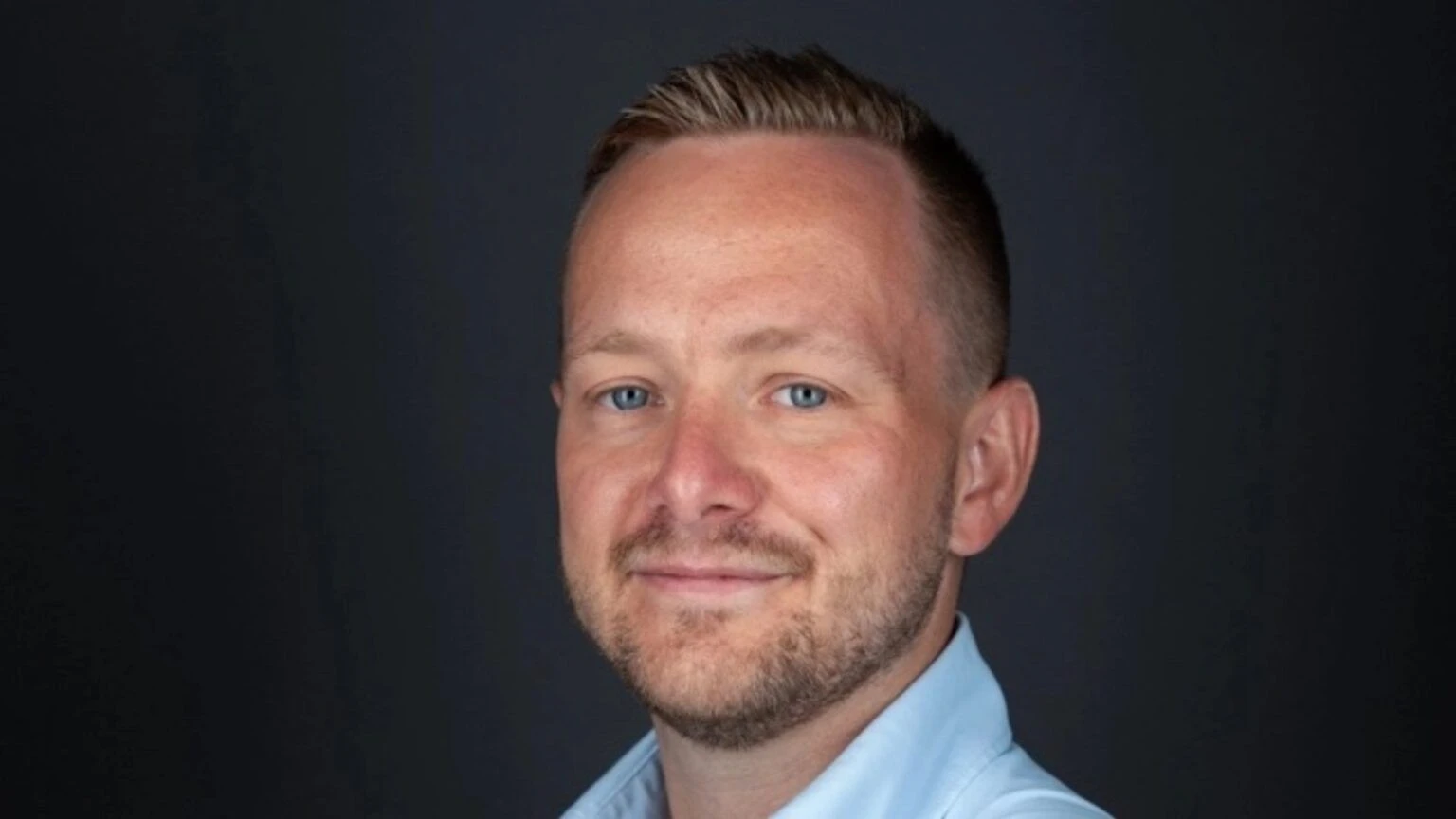International expansion drives growth for many CEE tech companies, leading nearly half to relocate their headquarters abroad. According to Dealroom, 48% of scaleups from the region have moved, with 56% of those choosing the United States. This shift sometimes draws criticism: why aren’t more founders staying to build in Europe, especially amid ongoing geopolitical turbulence? Even with occasional tensions, the US remains a crucial ally in the eyes of European investors. They agree it’s important to distinguish between political concerns and business realities. For founders, the US still offers unmatched access to growth, talent, capital, and markets, advantages that continue to drive expansion across the Atlantic.
Some startups maintain product and engineering teams in Europe while establishing a commercial footprint in the US; others relocate their entire operations. Dan Lupu, Venture Partner at Earlybird, believes both paths can accelerate global growth and bring critical experience and credibility back to the region. For many CEE startups, US expansion is less about prestige and more about proximity to customers, strategic partners, and larger-scale opportunities. That is why they should think beyond local markets from the very beginning, he said to Vestbee.
Yet, breaking into the US also presents serious challenges: steep setup costs, fierce competition, cultural and communication gaps, and complex hiring processes. In this article, we share practical insights from leading European VC firms, including GapMinder VC, Earlybird, Eleven Ventures, Rockaway Ventures, and PortfoLion, on how to expand successfully, avoid common mistakes, and build for long-term international growth.
What European founders need to know about entering the US market
Founder’s presence and commitment
Many founders assume they can outsource US expansion to more experienced hires, but that’s a mistake. “The CEO or a key founder must relocate or spend significant time in the US,” Dan Lupu, Earlybird’s Venture Partner, emphasized. It’s not just about visibility — it’s about being close to customers, understanding the market firsthand, and adapting quickly to their needs: “You can’t iterate on feedback you never hear.” Then, instead of bringing in a whole US leadership team too early, Lupu advises a leaner approach: “Hire local employees to support operations and extend the founder’s presence.” Senior hires should come only once the company has gained traction.
Hiring the right people
However, building a strong US team is often the most challenging part. Without an established network or experienced recruiter, many founders struggle for months to find the right talent. A common mistake is hiring a high-profile executive as the first employee in the US. While impressive on paper, these hires often depend on structure and resources that early-stage companies don’t yet have.
“Don’t hire someone who’s only effective inside a corporate machine. Instead, find someone eager to grow into the role — someone resilient, resourceful, and aligned with your mission. Choose someone slightly less experienced but eager to learn, committed to your mission, and ready to dive into the day-to-day chaos. At the same time, that first hire must embody your company values and be someone you can rely on unconditionally. They’ll set the tone and culture for everyone else,” advises Svetozar Georgiev, Partner at Eleven Ventures.
Time zones and team alignment
Managing teams across 7–10 time zones, especially with the US West Coast, presents real challenges, including delays, slower decision-making, and disrupted communication. These issues are amplified when US offices operate as isolated outposts. Without strong on-site leadership and clear coordination, teams can easily drift apart.
To keep teams aligned, it's important to use async-friendly workflows, create some overlap in working hours, and have founders regularly spend time in the US. “Our strongest recommendation, and one we’ve seen consistently work, is for one of the founders (often the CEO or COO) to relocate to the US for at least 1-2 years. The move should be well-structured, with clear responsibilities and an empowered EU-side leadership to ensure neither side is left unattended,” explains Mark Palfalvi, Principal at PortfoLion Capital Partners.
Being there in person helps build trust, set clear goals, and keep both sides of the team connected and working together smoothly.
Shifting from product to narrative
In the US, success is not just about what you’ve built, but how you frame it. Many European, particularly CEE founders, come from engineering-driven cultures where product quality speaks for itself. While this mindset often leads to world-class technical solutions, it doesn’t always translate well in the US, where perception often precedes proof.
This leads to missed opportunities in fundraising, customer acquisition, and hiring — areas where a product-focused approach often falls short. As Palfalvi emphasizes, “Being the best product is not enough without being perceived as the best solution.” US founders understand the power of storytelling to attract investors, customers, and talent. European founders must shift from presenting just facts to selling belief and vision.
Crafting a compelling narrative and collaborating with brand, sales, and storytelling experts early can be a transformative move that opens doors even before the product is fully launched.
Product validation
Validating a product in the US is another huge challenge due to its size and complexity. This makes it difficult to predict exactly what will resonate with the users. Before scaling in the US, founders are better off testing their messaging and sales in proxy markets, such as the UK, Canada, or the DACH region.
“Markets like the UK, Canada, or the DACH offer mature buyers and allow you to fine-tune your GTM before facing US-level competition. Use them as a learning lab. Several of our companies — like Druid AI or FintechOS — were validated in the UK before crossing the Atlantic,” GapMinder’s team shares.
Then, to build an early presence in the US, start by engaging part-time contractors, resellers, or partners who already work with European clients there; this is a faster way to establish credibility. “Maintaining strong links to Europe remains crucial, as it allows companies to leverage the region’s exceptional technical talent and facilitates a reciprocal exchange of knowledge and capital,” Petr Šmid, General Partner at Rockaway Ventures, suggests.
US legal and market requirements
Navigating and adjusting to local regulations and market intricacies is crucial for success. Given the complex and varied landscape of the US market, dedicating effort to compliance, legal frameworks, and understanding customer preferences not only facilitates smoother operations but also fosters enduring trust with customers and partners.
Šmid advises: “Ensure your company is structured appropriately, such as being established as a Delaware C-corp, to facilitate investment. This legal structure is often a requirement for US investors and simplifies fundraising.” Structuring your company in this way aligns with investor expectations and provides a well-established legal framework that supports smoother capital raising and builds credibility.
More VC advice for European startups expanding to the US
1. Petr Šmid, Partner at Rockaway Ventures
- Establish a permanent, on-the-ground presence in the US. Building relationships and understanding the local market is crucial for long-term success.
- Connect deeply with experienced US investors and mentors. These connections are essential for navigating the complexities of the US market and accelerating growth.
- Leverage relevant strengths of the European ecosystem, such as available technical talent. European startups have access to a rich pool of skilled engineers and researchers, which can be a significant competitive advantage.
- Leverage transatlantic platforms and hubs that facilitate access to US capital and networks. Platforms connecting Europe and the US can open doors to investment and partnerships that are vital for growth.
2. GapMinder VC
- Stay capital-efficient in your early moves. Use contractors, channel partners, or land-and-expand deals to gain learning without full commitment.
- Build local trust through partnerships. Local partners, advisors, or even resellers can open doors and lend credibility faster than you can.
- Context is king: adapt based on your team, timing, and product. Tailor your expansion plan to your strengths. Deeptech might scale earlier in the US, but B2B SaaS often benefits from a UK-first approach.
3. Dan Lupu, Partner at Earlybird Ventures
- Understand market expectations. The US market often expects higher levels of customer success, support, and integration. Ensure your offering and team are prepared to meet these standards.
- Maintain cultural and strategic alignment. Avoid premature autonomy of the US team. Keep strategic alignment and tight communication with HQ to maintain consistency in vision, product direction, and company culture.
4. Svetozar Georgiev, Partner at Eleven Ventures
- Respect the time zone difference, and plan accordingly. Particularly with the West Coast, structure your operations to minimize delays and confusion. Embrace asynchronous work and overlapping hours with intention.
- Craft a bold, US-centric narrative. Vision sells. Reframe your story for a US audience — focus on ambition, market size, and impact. It’s not enough to be good — you have to sound big.
5. Mark Palfalvi, Principal at PortfoLion Ventures
- Hire for substance over style. In the US, sales and marketing talent often come with strong presentation skills and polished credentials. For founders used to more understated hiring dynamics, this can create blind spots. They should develop rigorous hiring frameworks and ideally involve trusted local advisors who can assess candidates beyond the pitch.
- Prepare for a hyper-competitive environment. In CEE, companies may reach product-market fit organically or via strong technical differentiation. In the US, the bar for go-to-market execution is much higher, and competitors are louder, faster, and often better funded. Founders must prepare to compete in a market where sales efficiency, channel strategy, and velocity matter as much as core product quality.







